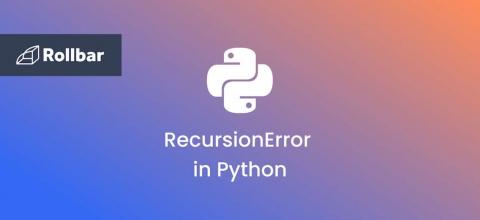INI vs. YAML: working with configuration files in Python
Discover the power of configuration files in Python and learn how to work with YAML and INI file formats. From understanding the benefits of configuration files to comparing YAML and INI, this article is your one-stop guide for mastering configuration file management in Python.










